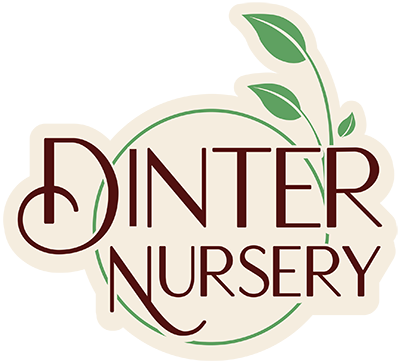Getting the Most from Your Winter Vegetable Garden in British Columbia
You don’t need to stop growing your vegetables in December and November! We have plenty of reemay fabric and burlap to help protect newly planted shrubs, winter vegetables, or borderline hardy plants.
Winter Gardening is Summer Planting for Fall and Winter Harvests
Choose hardy vegetable varieties that will be well established by the time the frost sets in (November) because, until February, there will be minimal growth on plants such as spinach, hardy lettuce, chard, chervil, chicory, corn salad, and parsley. These veggies will appreciate a mulch of fallen leaves and even a plastic row cover for protection in winter. A good tip is to have greens ready to pop into an unheated greenhouse between the tomatoes and peppers. Then when when the summer veggies come out, the greens can grow on for winter harvesting.
Some vegetables will stay dormant in the ground waiting to be harvested. Carrots, beets, rutabaga, and parsnips planted in July will be well-established in time to be put to bed for the winter. Having a supply of lear of straw mulch dried and placed in bags waiting to be put on during the very coldest times is also a really good idea.
Overwintering is Summer Planting for Spring Harvests
The following plants need less protection from the winter weather: purple sprouting broccoli, Galleon cauliflower, brussels sprouts, walla walla onions and, of course, your garlic. You will be able to harvest in March when you would otherwise be waiting another couple of months to be able to work in your garden (garlic being the exception of course!).
For best results, follow this planting schedule for seeds or starts:
June: Purple sprouting broccoli, winter cauliflower, winter cabbage, brussels sprouts and parsnips.
Early July: Carrots, beets, rutabagas, endive, radicchio, swiss chard, and kohlrabi.
Late July-Early August: Arugula, fall and winter lettuce, mizuna, collards, kale, leaf mustards, Chinese greens, and broccoli raab (rapini).
Late August-Mid September: Corn salad, cilantro, arugula, and winter lettuce.
October: Plant Garlic and broad beans.
We have a good selection of starts for winter vegetables starting in early July. We choose the correct varieties for winter and grow them organically with no sprays. Please note that most plant tags have a "days to harvest" number. This indicates how many days from seeding until the plant is mature. So if you have, for example, a broccoli or a cabbage that is 75 days, it is best to plant it by late June so you can start harvesting in early fall.

